Executive Summary:
Russia’s foreign minister has cautioned the United States against supplying Tomahawk cruise missiles to Ukraine, reviving a familiar argument over escalation and the risks of deep‑strike weapons. There is no public sign Washington intends to send Tomahawks, but the warning underscores how each incremental shift in weapons range shapes the war’s tempo, civilian risk, and wider security calculus in Europe.
A fresh warning with familiar stakes
Russian Foreign Minister Sergei Lavrov has again pressed the case that providing Ukraine with longer‑range strike options would be escalatory and poorly controlled, this time raising the specter of U.S. Tomahawk cruise missiles. His message fits a pattern Moscow has used each time Kyiv’s supporters debate new capabilities—first HIMARS, then Storm Shadow/SCALP, and later U.S.-supplied ATACMS. The aim is to deter transfers that could allow Ukraine to strike deep behind Russian lines, including inside Russia or in occupied Crimea.
For everyday people, the stakes are concrete. Longer‑range weapons tend to widen the map of targets and retaliation. When Ukraine gained precision strike tools, it hit airfields, logistics hubs, and oil infrastructure far from the front. Russia, in turn, expanded barrages against Ukrainian power plants and cities. Each step raises the chance that civilians face more air-raid alerts, energy disruptions, and uncertainty as winter looms.
What Tomahawks would change—and what they wouldn’t
Tomahawk cruise missiles are a workhorse of U.S. long‑range conventional strike: low‑flying, precise, and typically launched from ships and submarines. A newer U.S. Army ground launcher also exists, but it’s in limited service. Several close U.S. allies have bought Tomahawks for their navies. Ukraine, however, has no platforms designed to fire them at sea, and there’s no official indication that Washington plans to provide a ground‑launched Tomahawk system for use in the war.
On paper, Tomahawks would extend Ukraine’s reach well beyond the ranges of ATACMS or Anglo‑French Storm Shadow/SCALP. In practice, delivering and integrating such a system into Ukraine’s force would be complex, months‑long, and politically fraught. It would also come with strict U.S. controls on use, as Washington has done with other transfers—calibrating how, where, and for what targets Western‑supplied weapons can be used. Those rules have evolved over time, including limited permission in 2024 for strikes into Russian territory near the border to blunt attacks on Kharkiv, but they remain tightly managed.
Kyiv’s case and Moscow’s counterargument
Ukraine argues that deep‑strike capability shortens the war by disrupting Russian command nodes, air bases, and logistics lines that feed the front. It also says precision strikes on military targets can reduce harm to civilians compared with indiscriminate artillery duels. Ukraine’s use of Western‑supplied Storm Shadow/SCALP and U.S. ATACMS has indeed damaged Russian assets in occupied territory and complicated Moscow’s operations.
Russia’s counter is that each new range increment risks pulling NATO more directly into confrontation and increases the likelihood of attacks deeper inside Russia. Moscow has paired those warnings with continued strikes on Ukrainian infrastructure, seeking to degrade Kyiv’s air defenses and energy grid. The result is a cycle: each new capability becomes both a battlefield tool and a political signal, and civilians on both sides of the border live with the fallout—from rolling blackouts in Ukraine to heightened security at refineries and airfields in Russia.
Practical realities shaping the next moves
Beyond rhetoric, three practical factors will likely decide where this goes. First, feasibility: integrating Tomahawks into Ukraine’s force would require platforms, trained crews, and basing arrangements the country does not currently have. Second, escalation management: the U.S. and its allies have consistently balanced Ukraine’s needs with guardrails to limit risk of a direct NATO‑Russia clash, which makes a Tomahawk transfer unlikely for now. Third, battlefield efficacy: Ukraine has already shown it can hit far‑rear targets using a mix of domestically produced long‑range drones and Western munitions, keeping constant pressure on Russian logistics without crossing every red line.
What to watch next
If the debate over Tomahawks gains traction, expect it to surface at NATO and EU meetings as part of a broader discussion about winter air defense, long‑range strike stockpiles, and energy infrastructure protection. Watch for any change in U.S. rules of engagement for existing systems like ATACMS, which could matter more in the near term than introducing a new missile. Also track the tempo of strikes on power facilities and oil infrastructure—on both sides—which has immediate consequences for families, hospitals, and businesses as temperatures drop.
For now, Lavrov’s warning is less a sign of an imminent Tomahawk transfer and more a marker in the ongoing struggle over range, tempo, and control in this war.



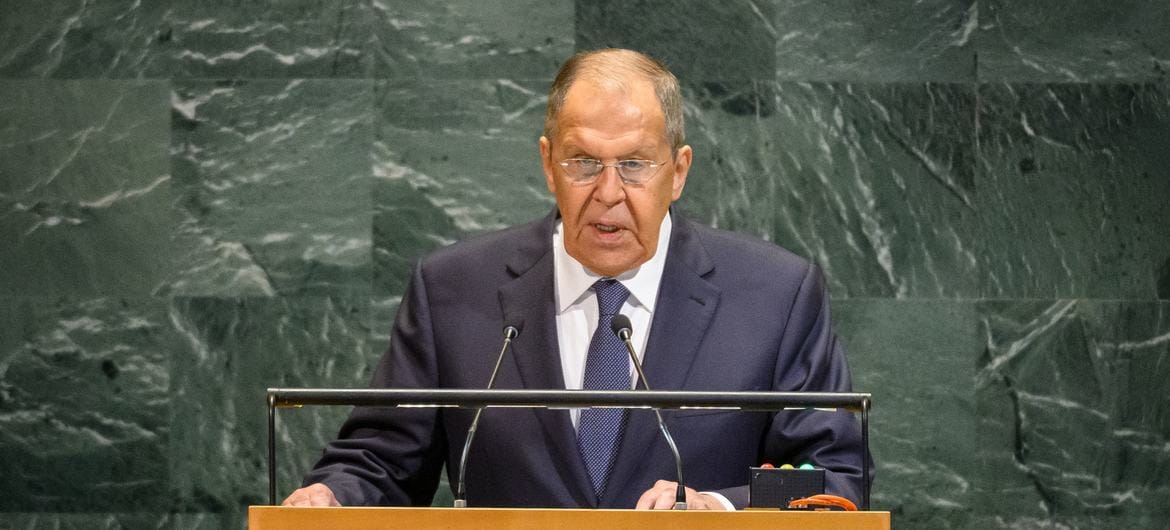
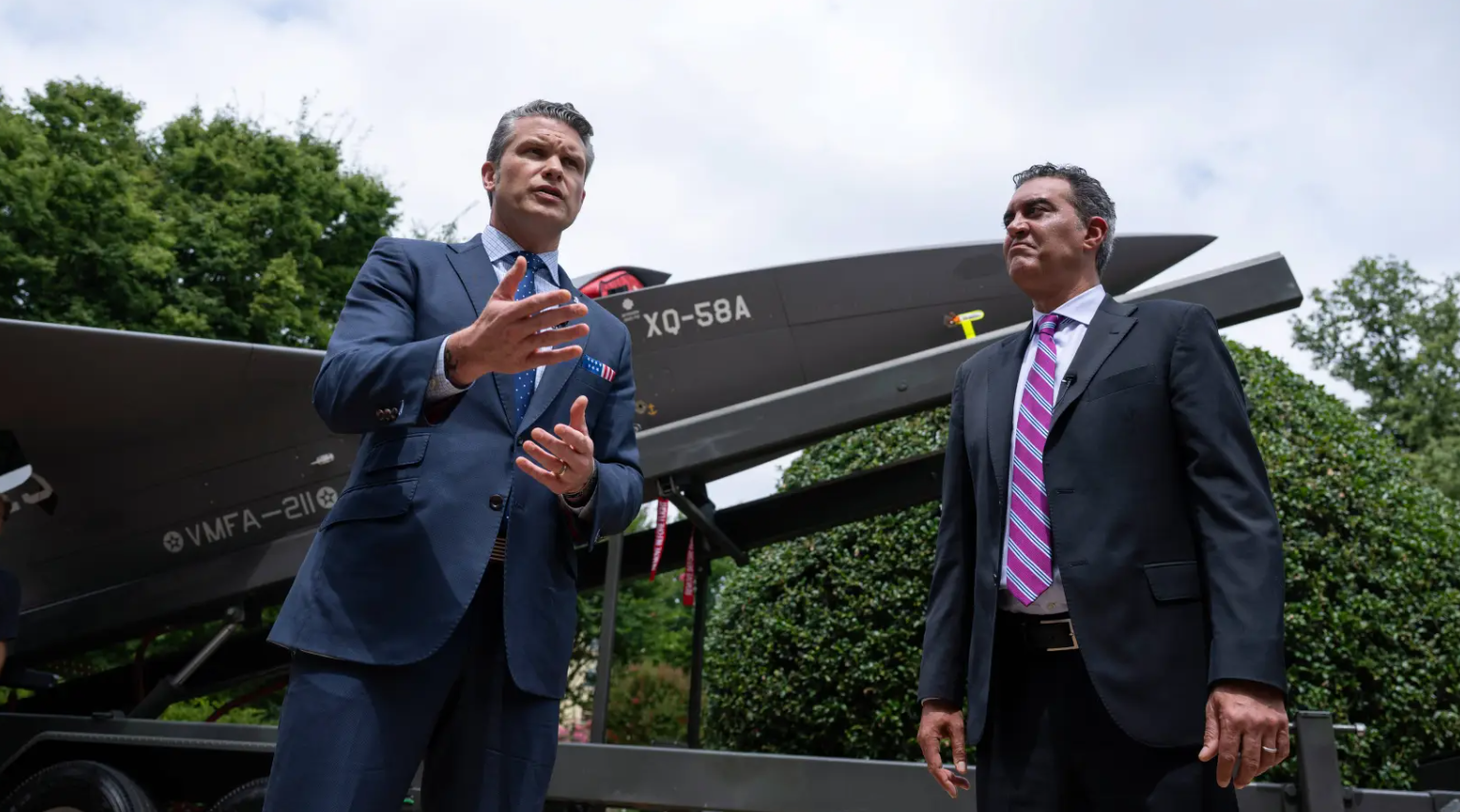


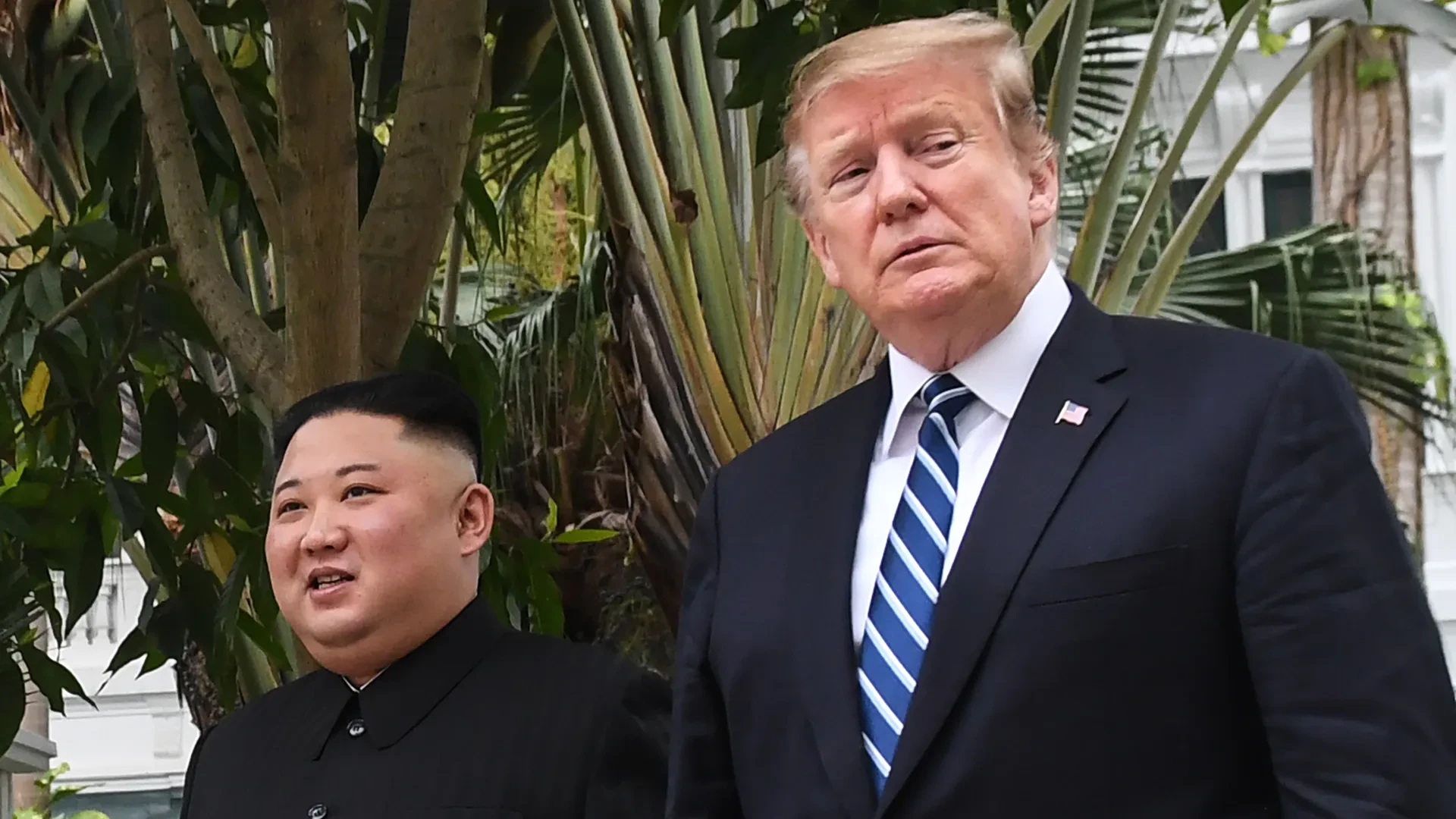

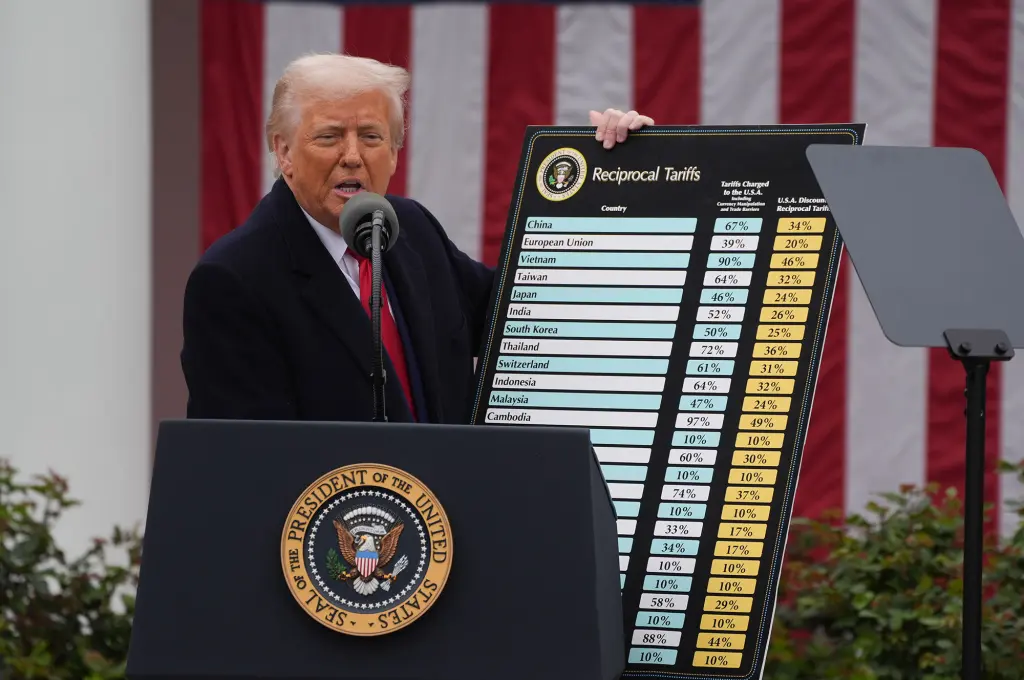
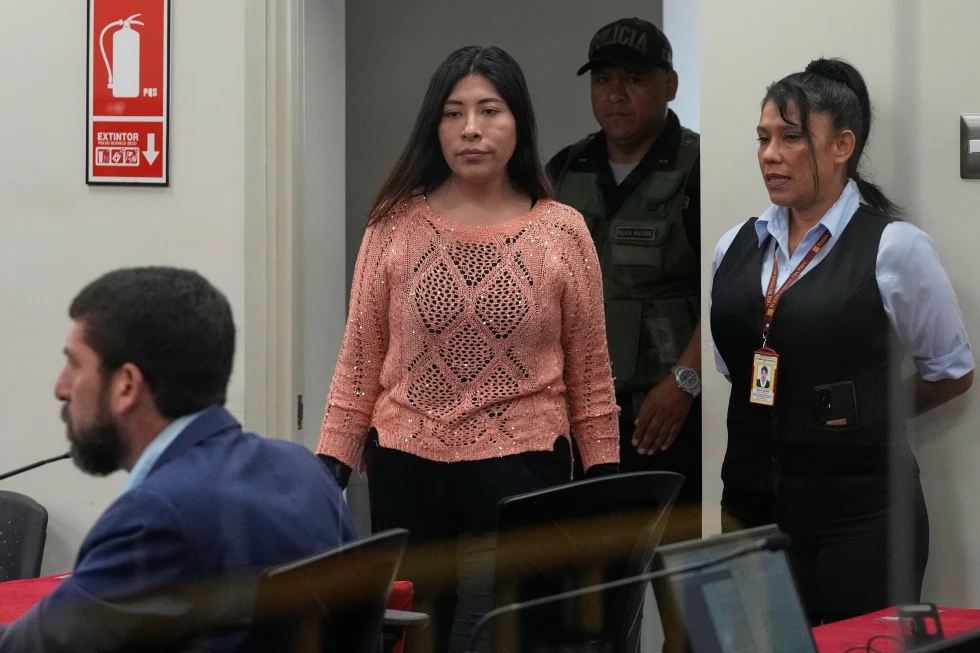
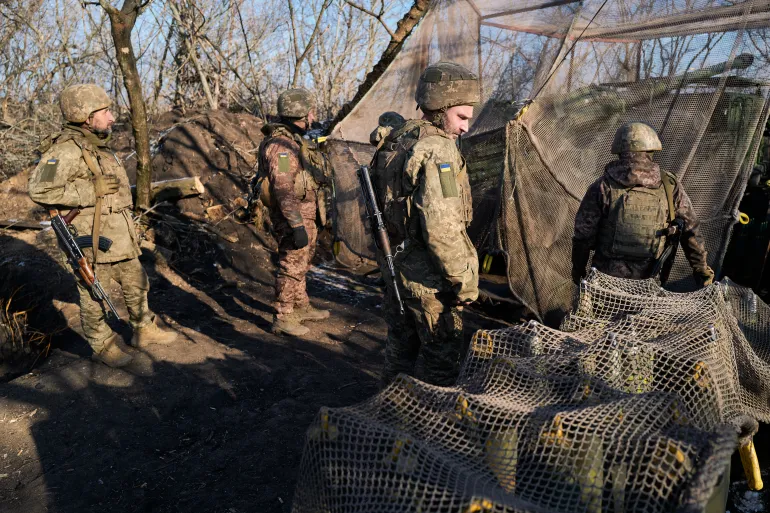

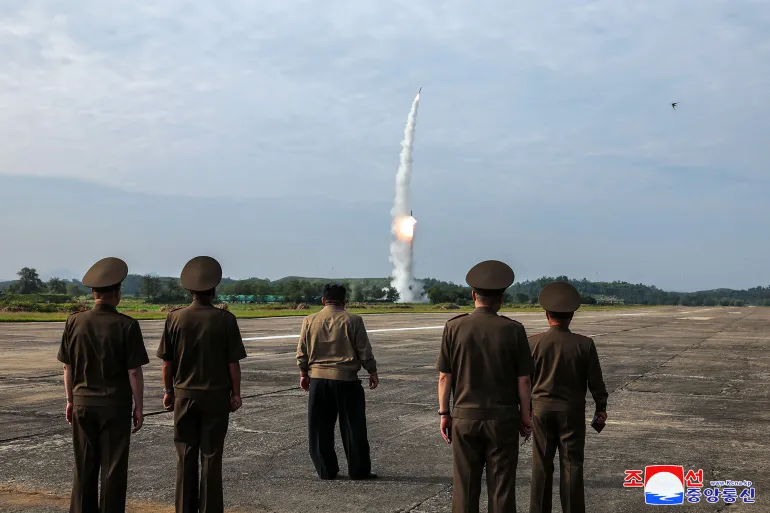

Discussion